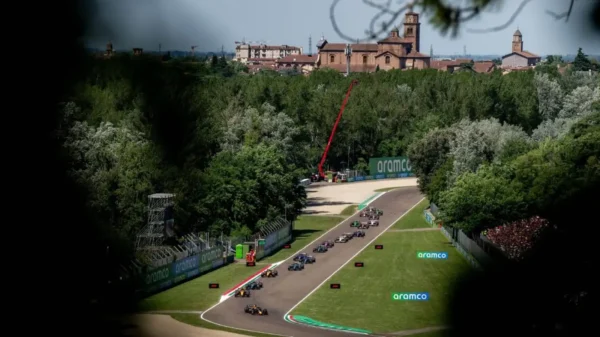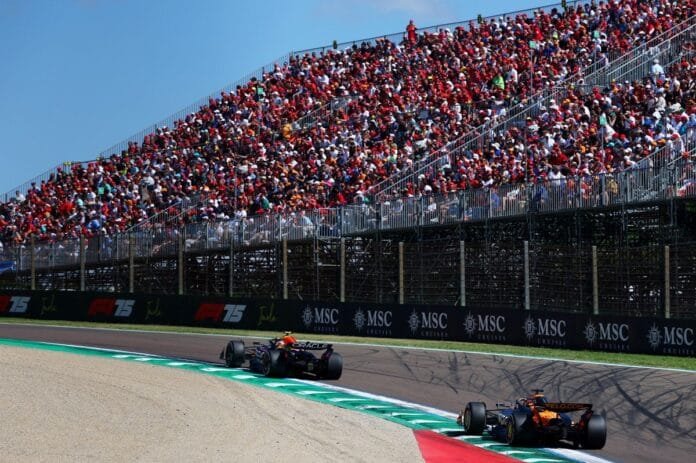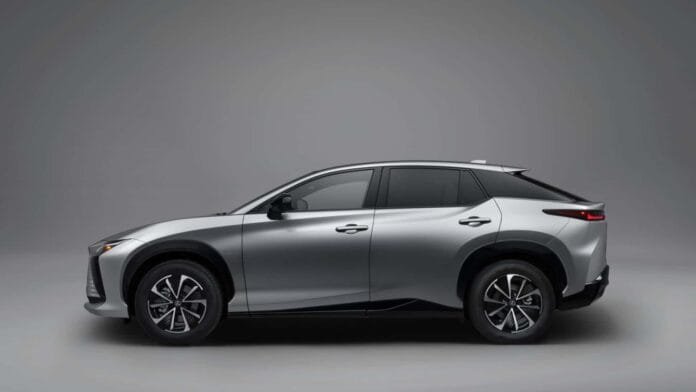The End of an Era for Imola?
Max Verstappen’s recent victory at the Emilia Romagna Grand Prix may signify more than just another win; it could be the concluding chapter for the iconic Imola circuit on the Formula 1 calendar. This historic track, cherished by drivers and rich in Formula 1 folklore, is now facing a difficult reality: its financial viability.

The Business Side of Formula 1
As the world’s premier motorsport, Formula 1 isn’t merely about racing; it’s fundamentally a business. The commercial rights, held by Liberty Media, compel the organization to maximize profits and image globally. This often pits financial objectives against traditional values, sparking changes like date adjustments for races and the introduction of sprint formats.
The Financial Disparities
In light of the Emilia Romagna Grand Prix’s costs, it’s worth noting that Imola organizers contribute only million annually to host the event. In contrast, hosts like the Spanish Grand Prix in Barcelona reportedly pay $25 million, with new venues like Madrid shelling out about $52 million. This disparity makes Imola’s event fee seem inadequate, especially with the cap on races in effect. Time and again, it’s clear that financial imbalances could lead to Imola’s absence from future calendars.
Preserving History vs. Financial Realities
Despite its financial shortcomings, Imola’s legacy in Formula 1 is profound. The circuit hosted significant moments, including dramatic battles and emotional farewells. However, the notion remains: when financial stability overrides tradition, adaptations are inevitable. As F1 continues to grow, it must ultimately balance its rich heritage with the cold, hard facts of business.



